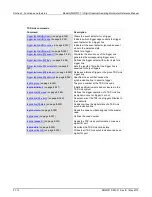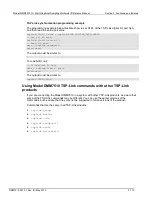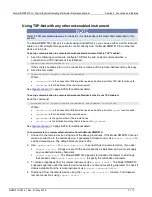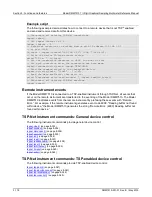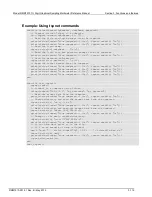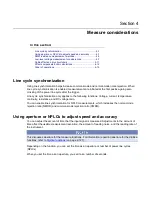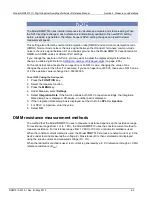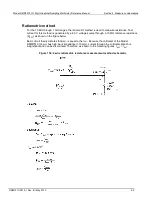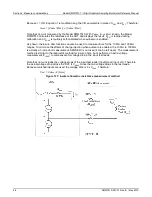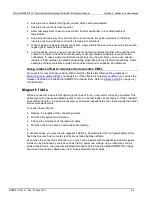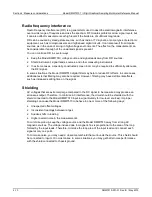
Model DMM7510 7½ Digit Graphical Sampling Multimeter Reference Manual
Section 4: Measure considerations
DMM7510-901-01 Rev. B / May 2015
4-7
Low-level voltage measurement considerations
Low-level voltage measurements can be adversely affected by noise or other unwanted signals that
can make it difficult to get accurate voltage readings. Some of the phenomena that can cause
unwanted noise include thermoelectric effects (thermocouple action), source resistance noise,
magnetic fields, and radio frequency interference. The following paragraphs discuss the most
important of these effects and ways to minimize them.
For comprehensive information on low-level measurements, see the
Low Level Measurements
Handbook
, which is available from Keithley Instruments.
Thermoelectric potentials
Thermoelectric potentials, or thermoelectric EMFs, are the most common source of errors in
low-voltage measurements. These small electric potentials are generated when different parts of the
circuit are at different temperatures and when conductors made of dissimilar metals are joined
together.
Thermoelectric EMFs can cause the following conditions:
•
Instability or zero offset is much higher than expected.
•
The reading is sensitive to and responds to temperature changes. This effect can be
demonstrated by touching the circuit, by placing a heat source near the circuit, or by a regular
pattern of instability (for example, corresponding to changes in sunlight or the activation of
heating and air conditioning systems).
The following paragraphs discuss how thermoelectric potentials are generated and ways to minimize
their effects.
Thermoelectric coefficients
The table below shows the magnitude of thermoelectric EMFs that are generated for different
materials.
Material thermoelectric coefficients
Material
Thermoelectric potential
Copper-to-Copper
0.2
µ
V/°C
Copper-to-Silver
0.3
µ
V/°C
Copper-to-Gold
0.3
µ
V/°C
Copper-to-Cadmium/Tin
0.3
µ
V/°C
Copper-to-Lead/Tin
1 to 3
µ
V/°C
Copper-to-Kovar
40 to 75
µ
V/°C
Copper-to-Silicon
400
µ
V/°C
Copper-to-Copper Oxide
1000
µ
V/°C


